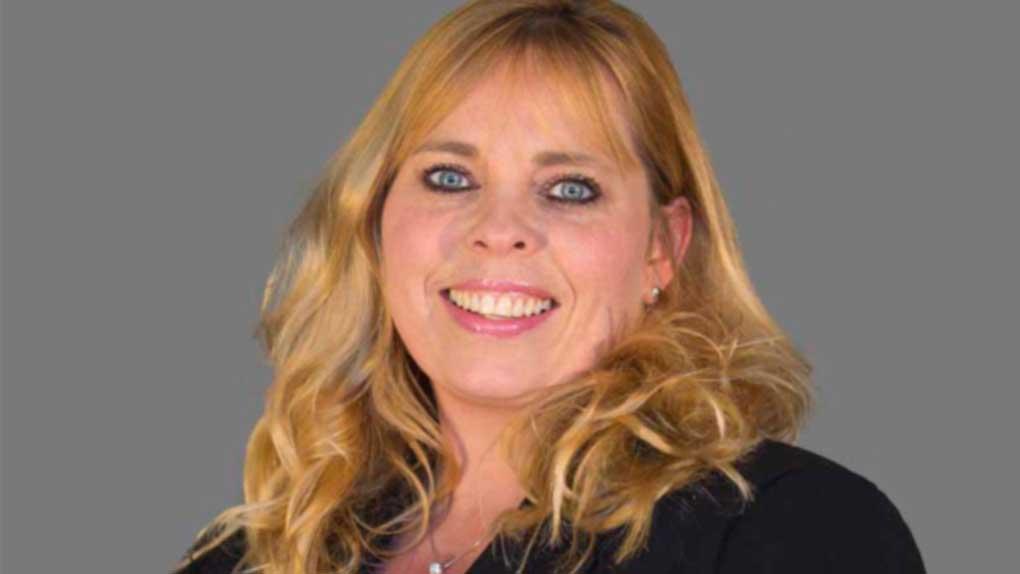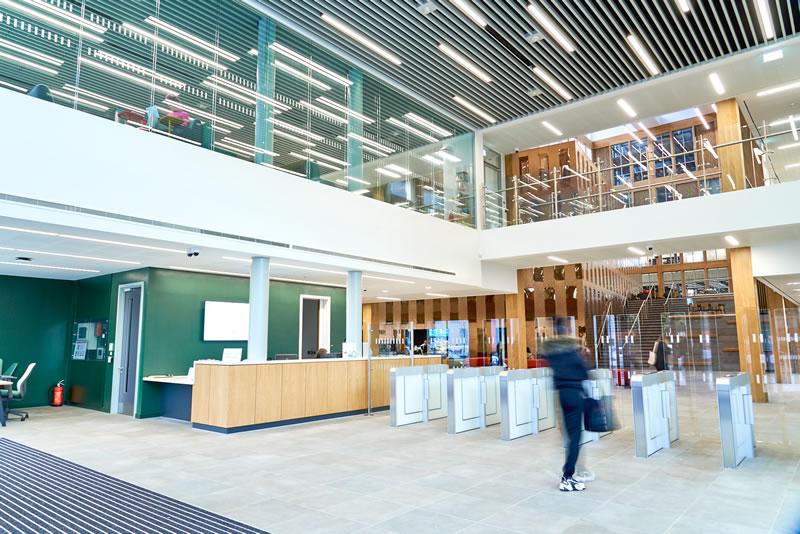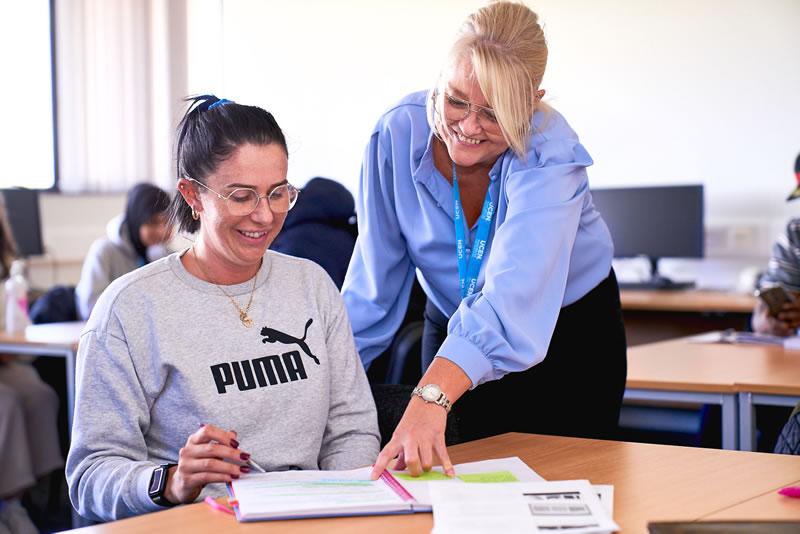
How can we support female prisoners
There are around 3,900 women in the UK prison system and, while this appears minimal in comparison to around 80,200 men, they reflect a particular problem which needs addressing.
by Annick Platt, Operations Director at Novus
While no one would suggest that those who commit a crime should not be punished, the reality of the situation is that many female prisoners are vulnerable women who have not had the support that could have helped them to avoid the sort of low level crime which results in a custodial sentence.
Female offenders are often victims themselves. Government statistics show that almost 60 per centof women in custody and supervised in the community have experienced domestic violence, whilst 48 per cent of female prisoners said they committed their offence to support the drug use of someone else, compared with 22 per cent of male prisoners. As a provider which works with over 70 per cent of women’s prisons, we feel it is crucial to take the opportunity to advocate for improvements which are sorely needed.
In a society where, despite some change, women remain the primary care givers, this situation means that children can also be the victims. One in five women in prisons are lone parents, with fewer than 10 per cent of children looked after by the woman’s partner. It is the fear of losing their children that can often lead to under-reporting of addictions, mental health and other needs. On release, nearly 38 per cent of women do not have accommodation to go to. It should not surprise us then, that despite often serving shorter sentences (72 per cent serve six months or less), there is a re-offending rate of 70 per cent for those who have served less than 12 months.
Those who commit a crime that carries a prison sentence should go to prison, but as a society we have to address the bigger issue – that every woman in prison represents a complex set of needs and circumstances which have to be addressed in terms of rehabilitation. This is not to trivialise, but rather to change how we look at female imprisonment.
Broadly, the change which is needed is built on multiple groups and organisations working together and local providers engaging with women’s prisons to ensure that positive pathways can be made. At the same time, it is crucial that we collect the data and insight about those same women. Doing so will give us baselines and indications that can be used to ensure the services within the prison align with the opportunities outside the prison. Critically, this data will support a more personal service which can address individual needs, including an awareness of the places where the women will be returning to on release. Due to the small number of female establishments, women are often located a long way from home and outside of their resettlement areas, which adds to the complexity when supporting them back into a crime free life.
Simply having the resources in prisons to teach and support will count for little if there is not a home, a job and support upon release. For women within prison we have to offer hope. By working together we need to create a pathway that will keep that woman out of prison once she is released. And that will not only benefit the woman and her family, but society as a whole.








